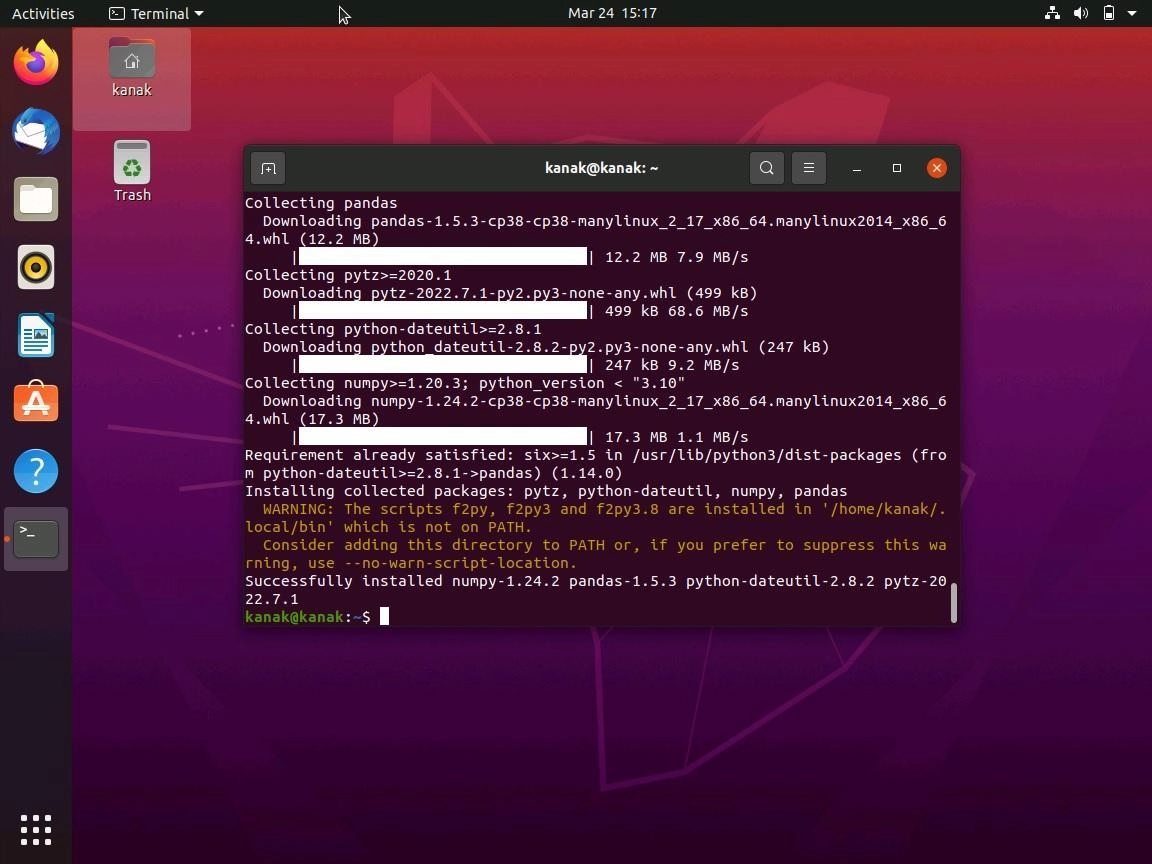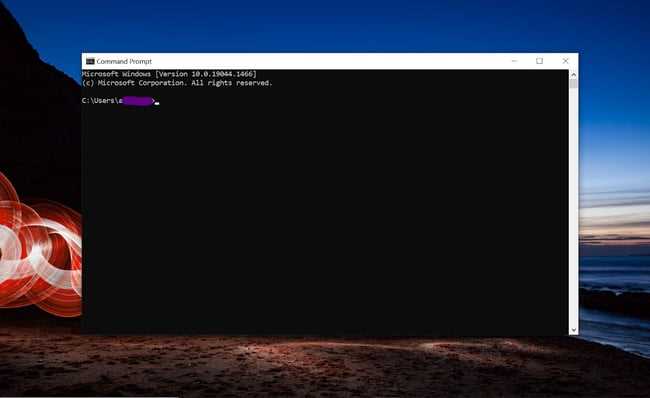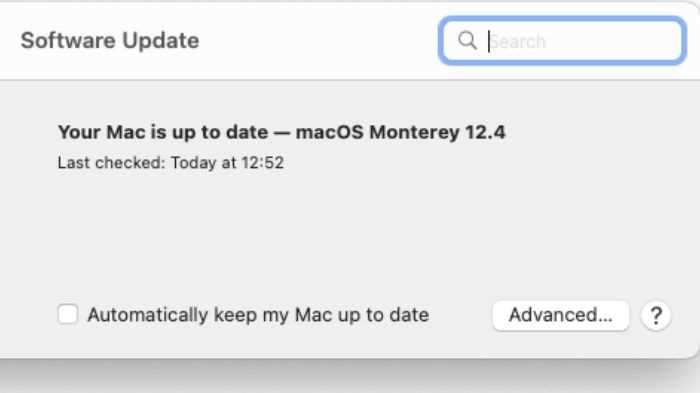
Welcome to our step-by-step guide on how to install pandas with pip! If you’re looking to work with data in Python, pandas is an essential library that provides powerful data manipulation and analysis capabilities. Whether you’re a beginner or an experienced Python developer, this guide will walk you through the process of installing pandas using pip, the package installer for Python.
What is pip?
Pip is a package installer for Python that allows you to easily install, upgrade, and manage Python packages. It is the standard package manager for Python and comes pre-installed with most Python distributions. With pip, you can install packages from the Python Package Index (PyPI) or from other sources.
Why use pip to install pandas?
Pip is the recommended way to install pandas because it simplifies the installation process and ensures that you have the latest version of the library. It also handles dependencies automatically, so you don’t have to worry about installing other required packages separately. By using pip, you can easily install pandas and keep it up to date with just a few simple commands.
Note: Before proceeding with the installation, make sure you have Python and pip installed on your system. If you don’t have them installed, you can download and install Python from the official Python website, which includes pip.
What is pandas?

Pandas is a powerful and popular open-source data analysis and manipulation library for Python. It provides easy-to-use data structures and data analysis tools, making it a valuable tool for data scientists and analysts.
With pandas, you can easily handle and manipulate structured data, such as tabular data, time series, and more. It provides efficient data structures, such as DataFrame and Series, which allow you to perform various operations on the data, such as filtering, sorting, aggregating, and merging.
Pandas also offers a wide range of functions and methods for data cleaning, transformation, and analysis. It provides tools for handling missing data, reshaping data, applying mathematical and statistical operations, and much more.
Installing pandas is straightforward. You can use pip, the package installer for Python, to install pandas on your system. Simply run the following command in your terminal:
pip install pandas |
Once pandas is installed, you can import it in your Python script or Jupyter Notebook and start using its powerful features for data analysis and manipulation.
Why use pandas?

pandas is a powerful and popular data manipulation library in Python. It provides easy-to-use data structures and data analysis tools, making it an essential tool for data scientists, analysts, and developers.
Here are some reasons why you should consider using pandas:
- Data manipulation: pandas provides a wide range of functions and methods for manipulating and transforming data. It allows you to easily filter, sort, reshape, and aggregate data, making it easier to clean and prepare data for analysis.
- Data analysis: pandas offers powerful tools for data analysis, such as statistical functions, time series analysis, and data visualization. It allows you to perform complex calculations and generate insightful visualizations to gain valuable insights from your data.
- Integration with other libraries: pandas seamlessly integrates with other popular Python libraries, such as NumPy, Matplotlib, and scikit-learn. This allows you to combine the power of pandas with other tools to perform advanced data analysis and machine learning tasks.
- Efficiency: pandas is built on top of NumPy, which is a highly efficient numerical computing library. It leverages the performance benefits of NumPy arrays, making it fast and efficient for handling large datasets.
- Easy data handling: pandas provides intuitive data structures, such as DataFrame and Series, which make it easy to handle and manipulate data. It allows you to perform operations on data using simple and concise syntax, reducing the amount of code you need to write.
Overall, pandas is a versatile and powerful library that simplifies data manipulation and analysis in Python. Whether you are working with small or large datasets, pandas provides the tools and functionality you need to efficiently work with data and extract valuable insights.
Benefits of using pandas

pandas is a powerful data manipulation library in Python that provides numerous benefits for data analysis and data science tasks. Here are some key advantages of using pandas:
Efficient data handling: pandas allows for efficient handling of large datasets, making it ideal for working with big data. It provides data structures and functions that enable fast data manipulation and processing.
Data cleaning and preprocessing: pandas offers a wide range of functions and methods for cleaning and preprocessing data. It allows you to easily handle missing values, remove duplicates, and transform data into the desired format.
Data exploration and analysis: pandas provides powerful tools for exploring and analyzing data. It allows you to perform various statistical operations, such as calculating summary statistics, grouping data, and applying functions to specific columns or rows.
Data visualization: pandas integrates well with other data visualization libraries, such as Matplotlib and Seaborn, allowing you to create informative and visually appealing plots and charts to better understand your data.
Data integration and merging: pandas makes it easy to integrate and merge data from different sources. It provides functions for joining, merging, and concatenating datasets, allowing you to combine data from multiple files or databases.
Time series analysis: pandas has extensive support for time series data, making it a valuable tool for analyzing and manipulating time-based data. It provides functions for resampling, shifting, and rolling window calculations, among other time series operations.
Flexible and intuitive data structures: pandas offers flexible and intuitive data structures, such as the DataFrame and Series, which allow you to store and manipulate data in a tabular format. These data structures make it easy to perform complex data operations with just a few lines of code.
Overall, pandas is a versatile and essential library for data analysis and data science tasks. Its ease of use, efficiency, and extensive functionality make it a popular choice among data professionals.
Section 2: Installing pandas with pip

To install pandas using pip, follow these simple steps:
Step 1: Open your command prompt or terminal.
Step 2: Type the following command and press Enter:
pip install pandas
This command will download and install the latest version of pandas from the Python Package Index (PyPI).
Step 3: Wait for the installation to complete. You will see the progress in the command prompt or terminal.
Step 4: Once the installation is finished, you can verify if pandas is installed correctly by typing the following command and pressing Enter:
python -c "import pandas; print(pandas.__version__)"
If pandas is installed correctly, you will see the version number printed in the command prompt or terminal.
Note: If you encounter any errors during the installation process, make sure you have the latest version of pip installed. You can upgrade pip by typing the following command and pressing Enter:
pip install --upgrade pip
Once pip is upgraded, try installing pandas again.
Now that you have successfully installed pandas using pip, you can start using it in your Python projects.
What is pip?

pip is a package manager for Python that allows you to easily install and manage software packages. It is a command-line tool that comes bundled with Python, starting from version 2.7.9 and 3.4 onwards. pip stands for “pip installs packages” or “preferred installer program”.
With pip, you can install packages from the Python Package Index (PyPI) and other package indexes. It simplifies the process of installing and managing libraries and dependencies for your Python projects.
For example, if you want to install pandas, a powerful data manipulation library, you can use pip to install it with a simple command:
- Open your command prompt or terminal.
- Type
pip install pandasand press Enter. - pip will download the pandas package from PyPI and install it on your system.
pip also allows you to install specific versions of packages, upgrade packages, uninstall packages, and manage virtual environments. It makes it easy to keep your Python environment organized and up to date.
Overall, pip is an essential tool for Python developers and users, as it simplifies the process of installing and managing packages, including the installation of pandas.
Checking if pip is installed

Before installing pandas with pip, it is important to check if pip is already installed on your system. Pip is a package management system used to install and manage software packages written in Python.
To check if pip is installed, open your command prompt or terminal and type the following command:
pip --versionIf pip is installed, you will see the version number displayed. If pip is not installed, you will see an error message indicating that the command ‘pip’ is not recognized.
If pip is not installed, you can install it by following the official installation instructions provided by the Python Packaging Authority (PyPA). These instructions vary depending on your operating system, so make sure to choose the appropriate instructions for your system.
Once pip is installed, you can proceed with installing pandas using the pip command.
Installing pandas with pip

If you want to use the powerful data analysis and manipulation library called pandas in your Python projects, you can easily install it using pip. Pip is a package manager for Python that allows you to install and manage Python packages.
To install pandas with pip, follow these steps:
- Open your command prompt or terminal.
- Type the following command and press Enter:
pip install pandas - Pip will download and install the latest version of pandas from the Python Package Index (PyPI).
- Once the installation is complete, you can import pandas in your Python scripts using the
import pandasstatement.
By installing pandas with pip, you can easily start using its powerful features for data analysis, manipulation, and visualization in your Python projects. Make sure to keep pandas updated by regularly running pip install --upgrade pandas to get the latest bug fixes and features.
Now that you have pandas installed, you can explore its extensive documentation and start leveraging its capabilities to work with data effectively.

